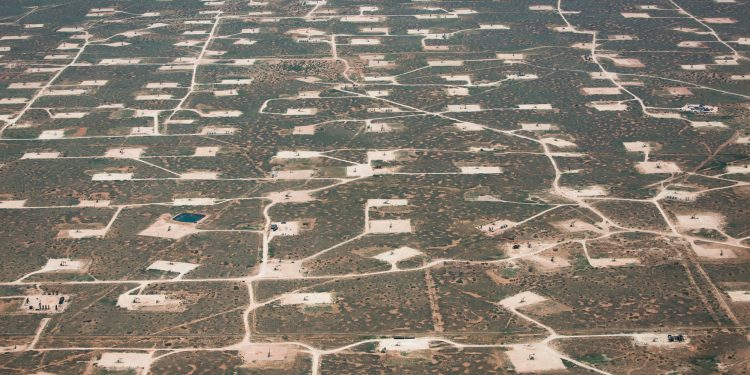Wood Mackenzie Forecasts Continued Growth in the Permian Basin in the United States
One of the world’s largest oil provinces—the leading shale basin in the United States—continues to ramp up production.
According to Wood Mackenzie analysts, crude oil and condensate production in the basin is expected to increase by 200,000 barrels per day this year, reaching 6.6 million barrels per day, despite operators reducing the number of drilling rigs in response to falling oil prices. Although the growth rate is slowing, there remains significant production potential over the coming years.
Woodmac projects that oil production in the region will grow by another 1.1 million barrels per day, ultimately reaching a plateau of 7.7 million barrels per day by 2035, assuming a real WTI price of 70 US dollars per barrel. Over this period, growth in the Permian will more than offset the decline in other U.S. oil fields.
The prospect of significant growth in the production of low-cost barrels has served as a powerful draw for the U.S. oil industry over the past 10 to 15 years. Organic investment, supported by mergers and acquisitions and asset consolidation, has made the Permian a vast engine of value creation for the leading players in the American oil sector.
ExxonMobil holds the largest stake in the basin, with an asset value of over 100 billion US dollars, according to Wood Mackenzie estimates. (This is comparable in scale to the global production portfolios of BP and TotalEnergies.) The other six major companies—Chevron, Occidental, Diamondback, ConocoPhillips, and EOG—hold Permian asset portfolios worth more than 40 billion US dollars each.
At current drilling rates, this group of seven has locked in the remaining top-tier reserves, which can be developed profitably at prices below 45 US dollars per barrel of WTI by 2030. These seven will continue to reduce costs and improve performance trends through scaling and value chain integration, while smaller operators are already experiencing declining well productivity. To maintain growth during this period, smaller players will have to develop primarily higher-cost reserves.
Among large independent companies, the Permian Basin is expected to account for over 70 percent of operational cash flow from production by 2035 (Occidental, EOG, Devon, and Apache). For ExxonMobil, Chevron, and ConocoPhillips, this figure will be nearly 50 percent. “It is a good strategy to be concentrated in the most profitable areas, where returns, margins, carbon intensity, and investment flexibility are favorable. But operators must begin to consider whether they need additional ballast in their portfolios when developing strategies for the 2030s,” Woodmac analysts suggest.
What’s next after the Permian plateau? According to the forecast, the top seven companies will shift to aggressive, high-efficiency exploration in the areas bordering the Permian, which will provide access to new, low-cost barrels essential for strengthening asset portfolios over the next decade.
Wood Mackenzie analysts also recommend exploring new shale projects in Saudi Arabia, Mexico, Argentina, and Canada. There are promising opportunities in shale gas development in Algeria, Australia, Bahrain, Turkey, and the United Arab Emirates. Traditional options include the development of discovered resources across various geographies, including the Middle East, which offers access to large-scale production projects.











